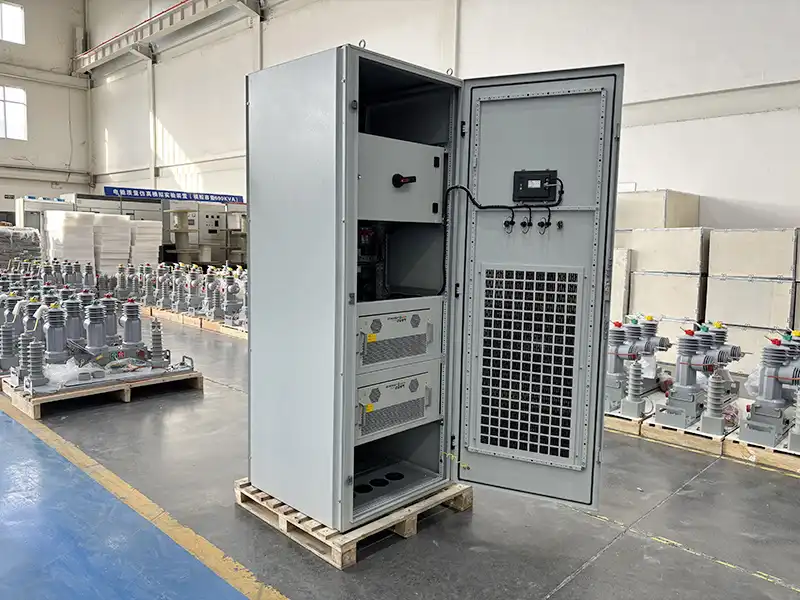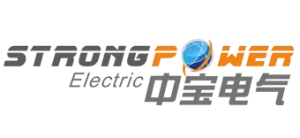Systems selection guide and critical installation information
The Strong Power APF system provides a premier solution available today for mitigating harmonic issues. These harmonics are caused by multiples of the fundamental frequency of the electrical installation impacting the supply, resulting in heavily distorted waveforms. This often has a direct effect on the bottom line of your facility. Improving power quality can reduce your energy costs, increase efficiency, and improve service life of infrastructure.
There are six steps in selecting the right system for you.
This guide also includes CT and breaker cable selection guides which are critical parts to the installation and operation of the system.
Step 1 – How much compensation is needed (A)?
For an existing site:
To determine the amount of compensation current needed for an existing site, you will ideally have the following information:
Total harmonic current distortion (THID) in Ampere under load conditions
New target THID level in Ampere under load conditions
The THID is typically available on advanced energy meters. Current measurements should be taken under different load conditions to determine the required compensation current. Since harmonics vary based on the load profile throughout the day/week, the most suitable Active Power Filter (APF) solution is determined through a power quality audit.
Strong Power conducts a site-specific power quality study over a period of time to accurately measure THID relative to the load profile. A detailed report on power quality issues is provided, along with recommended solutions.
Sizing tip:
To account for potential load changes and avoid resizing the compensation current for minor variations, the total compensation current should be multiplied by a scale factor of 1.3.
If the required compensation current is 200A,
The APF size would need to be 200 * 1.3 = 260A.
Since the available APF module increments in the Strong Power range are 50A, 75A, and 100A,
The total compensation current would be rounded up to 275A.

For sites that are at the design/construction stage:
The compensation current can be calculated using tools such as PowerCad or vendor tools.
Strong Power’s technical team can also assist with sizing up an appropriate system in accordance to the project details.
Step 2 – How much spare capacity is wanted?
As previously mentioned, the THID on a site can change with the type and number of loads that are running. If you plan to expand your site, add equipment, or replace existing products, including slots for spare capacity would be beneficial as a future-proof option.
Please note: Spare capacity options are only available in the floor-standing system options.
Step 3 – 3 wire or 4 wire?
The four-wire option is required when there is an imbalance in the network.
Network imbalance occurs when there are differing line voltages across phases, caused by unbalanced loads, single-phase connections, or phase-to-phase connections. This information can be found on your meter or power quality audit report.
| Use | Applicable industry examples | |
| 3 wire | For balanced networks | • Mining
• Industrial • Food and beverage • Manufacturing |
| 4 wire | For an unbalanced network with a fully rated neutral wire | • Commercial
• Office • Education • Shopping centers |
Step 4 – IP rating requirement:
The environment where the cabinet is installed significantly affects the IP rating. Strong Power provides options for IP30 or IP54 floor-standing cabinets and an IP3, 50A wall-mount unit. None of the IP-rated cabinets should be installed outdoors in direct sunlight or without protection from rain.
Step 5 – Colour of cabinet
Grey or Customizable



